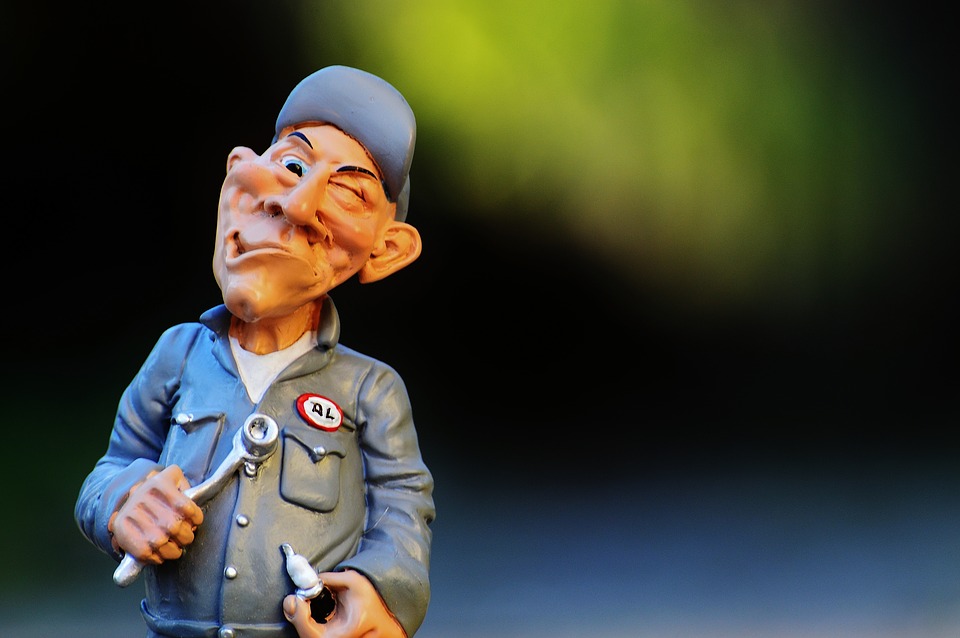 NEWS
NEWS
 NEWS
NEWS
 NEWS
NEWS
The fantasy of the Internet of Things (IoT) versus reality: Industry experts weigh in on the challenges and opportunities facing IoT’s legacy leaders and maverick startups.
IoT is changing the face of application development, data analysis, and even storage as the amount of data generated by inanimate objects increases almost exponentially. Sensors can be programmed to transmit information from household appliances, industrial equipment, and even the sales floor of retail outlets, allowing owners to predict and manage resources more efficiently.
But despite all the potential benefits, the growth of the IoT is hampered by concerns about security and network access. During a recent CrowdChat on the subject, hosted by Wikibon Research, opinions were mixed, with some participants cheering the advent of “smart” houses, cities and cars while others hedged on whether the world is ready for prime-time mainstream adoption of streaming appliances.
Online retailers have been collecting and analyzing vast amounts of data for years, but collecting data in the real world has remained a painstaking and expensive process. According to a post by Dave Vellante, senior analyst at Wikibon, research by colleague George Gilbert shows that “the cost of capturing data manually by keyboard has stayed ~constant” at around $1 per kilobyte or $1 billion per terabyte, whereas “new information, including analog data, is captured digitally at a marginal cost approaching $0.”
Now that anything with power and network access — and even a few things without, like RFID tags — can potentially transmit data, the possibilities for inexpensive digital information capture are expanding rapidly, allowing the power of Big Data to be applied to unexpected industries and problems.
IoT has made significant inroads into industrial production with initiatives like General Electric’s Predix, an industrial cloud tool for running analytics. It’s also beginning to make its way into retail with tracking technology that can sense the number of shoppers on the sales floor, allowing managers to optimize the flow of shoppers around the store and move poor-selling items to high-traffic areas. New, responsive technology deployed by Macy’s over the 2015 “Black Friday” weekend even pushed branded advertising to shoppers using mirrors and proximity sensors.
But much of this technology has yet to catch up with the real-time data and predictive algorithms more common in digital spaces, as most of these sensors have only intermittent connections to servers. Wearables, another key piece of the IoT landscape, provide a huge amount of actionable data about personal habits and health issues, but this information is also typically uploaded in batches, not instantaneously. This limits some of the predictive power of Big Data from being realized in physical spaces.
According to CrowdChat participant Ryan Begley, a product manager of Internet of Things at IBM, although the full-fledged IoT is a “convergence of many tested, hardened technologies,” the requirements are continuing to increase as new applications are found, especially the requirements around “connectivity, scale, information management” and auditing.
While a “rich legacy ecosystem exists,” as one participant pointed out, the scaling IoT from a few localized machines controlled by a central operator to vast networks of appliances, vehicles and wearables operated by individuals is a different story, especially given the “wild west” aspect of the technology and lack of industry standards.
Proponents of IoT are dreaming big: sensors on self-driving cars could produce highly efficient traffic patterns, while smart homes could simplify daily life, predict human needs, and even improve elder care. But concerns about privacy, security, cost, and connectivity are only going to increase as more people begin to rely on this machine-harvested data stream.
As for the connectivity issues, they can be solved “using buffer processing that stores data periodically,” leading one participant to coin the term “periodically fast data” as a counter to fast data, describing the smart “edge” networks that manage occasionally connected devices.
On the security side, most participants agreed that the amount of surface area and exposed entry points make securing IoT a technological nightmare. But by building encryption into the systems, rather than “bolting” it on after the fact, some concerns can be alleviated.
Those who have seen the power of Big Data transform and revolutionize the digital world have high hopes for its impact on society once more real-world data becomes available. Prediction models could reduce waste by more accurately aligning consumption and production in industries ranging from energy to healthcare. It could improve city planning and enable new aspects of the “sharing economy.”
On a more philosophical level, it could also allow companies to target individuals rather than averages, taking a customized approach to consumers and theoretically improving the quality of products and services. This shift also has the potential to create a more personalized, human-centric economy.
Wearables are a key aspect of this new market opportunity because they offer insight into individual habits, health and preferences. This “contextual real-time data” about human activity has the potential to drastically improve the quality of life for people suffering from chronic illness and other ongoing medical issues if it can be connected with quality in-home care.
The promise of a global ecosystem of interconnected devices is vast. Every device could potentially be “as smart as the entire cloud that’s behind it.” Still, as Muddu Sudhakar, VP and GM of security at Splunk, Inc., pointed out, “consumer IOT and industrial IOT are separate use cases and markets,” and “it is not clear if there is a good business model for [the] consumer IOT market.”
Some companies have developed ways to monetize the IoT for home and personal use, such as Nest Labs and FitBit, but more apps and models are needed to drive the adoption of connected devices. Still, by focusing on important problems and use cases, this “wild west” ecosystem may eventually be used to deliver the solutions to some of the world’s biggest crises.
View the full CrowdChat below:
THANK YOU